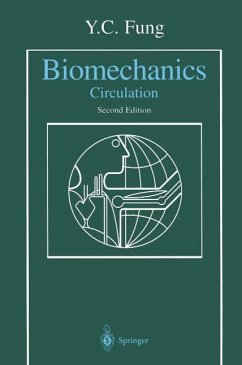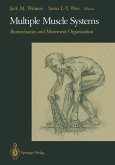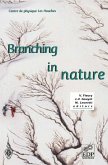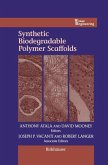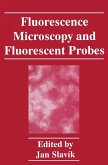The theory of blood circulation is the oldest and most advanced branch of biomechanics, with roots extending back to Huangti and Aristotle, and with contributions from Galileo, Santori, Descartes, Borelli, Harvey, Euler, Hales, Poiseuille, Helmholtz, and many others. It represents a major part of humanity's concept of itself. This book presents selected topics of this great body of ideas from a historical perspective, binding important experiments together with mathematical threads. The objectives and scope of this book remain the same as in the first edition: to present a treatment of circulatory biomechanics from the stand points of engineering, physiology, and medical science, and to develop the subject through a sequence of problems and examples. The name is changed from Biodynamics: Circulation to Biomechanics: Circulation to unify the book with its sister volumes, Biomechanics: Mechanical Properties of Living Tissues, and Biomechanics: Motion, Flow, Stress, and Growth. The major changes made in the new edition are the following: When the first edition went to press in 1984, the question of residual stress in the heart was raised for the first time, and the lung was the only organ analyzed on the basis of solid morphologic data and constitutive equations. The detailed analysis of blood flow in the lung had been done, but the physiological validation experiments had not yet been completed.
Dieser Download kann aus rechtlichen Gründen nur mit Rechnungsadresse in A, B, BG, CY, CZ, D, DK, EW, E, FIN, F, GR, HR, H, IRL, I, LT, L, LR, M, NL, PL, P, R, S, SLO, SK ausgeliefert werden.
"Fung has made substantial contributions as a researcher to the underlying material represented here. In the preface, the author indicates his hope that an instructor, using this book as a course textbook, will both teach 'an essential branch of this life science'and provide the student with a background in machanics. To this end, he succeeds." Quarterly Review of Biology

